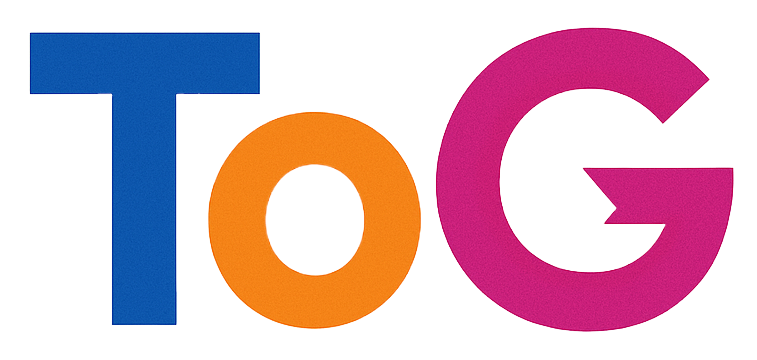Enhancing SEO with Tooltips: A Comprehensive Guide
When creating a user-friendly website, it’s essential to balance additional information and SEO strategies. One effective approach is using tooltips to provide supplemental details while ensuring your content remains search engine optimized. This blog post explores the use of tooltips, presented with an example and insights into their SEO implications.
The Importance of Tooltips in Web Design
Tooltips serve as an excellent way to convey extra information without cluttering the user interface. They can enhance user experience by offering contextual details on hover or click, allowing users to explore without navigating away from the main content. However, implementing tooltips effectively also raises important questions regarding SEO friendliness.
Example Implementation
Consider the following markup example for a tooltip that provides extra context about a user’s contribution to a repository:
HTML
<span class="tooltip" aria-label="This user has previously contributed to the nanostores repository." data-view-component="true">
<span class="Label ml-1" data-view-component="true">Contributor</span>
</span>
In this markup:
- The
aria-labelattribute helps screen readers identify the tooltip content, ensuring accessibility. - The main label (“Contributor”) remains visible for SEO purposes while the additional context about previous contributions is accessible through the tooltip.
Is This SEO-Friendly?
The critical question arises: is this approach conducive to good SEO practices? The answer largely depends on how the tooltip content is structured and utilized. Here are some best practices to consider:
-
Use Semantic HTML: Ensure that your markup is valid and semantic. Screen readers and search engine crawlers perform better with well-structured code.
-
Incorporate Keywords: If relevant, integrate keywords within your tooltip content. Search engines can index this additional information, which may enhance your content’s relevance.
-
Maintain Accessibility: Prioritizing accessibility not only widens your audience but also aligns with search engine guidelines that favor user-centric designs.
-
Limit Hidden Content: While it’s tempting to hide large volumes of information, focus on concise tooltips that add value without deterring search engines from indexing your main content.
-
Test Responsiveness: Ensure that tooltips are functional across all devices, as mobile-friendliness is a vital aspect of SEO.
Conclusion
By strategically implementing tooltips, you can enhance the user experience while also adhering to SEO principles. The example provided demonstrates an effective

